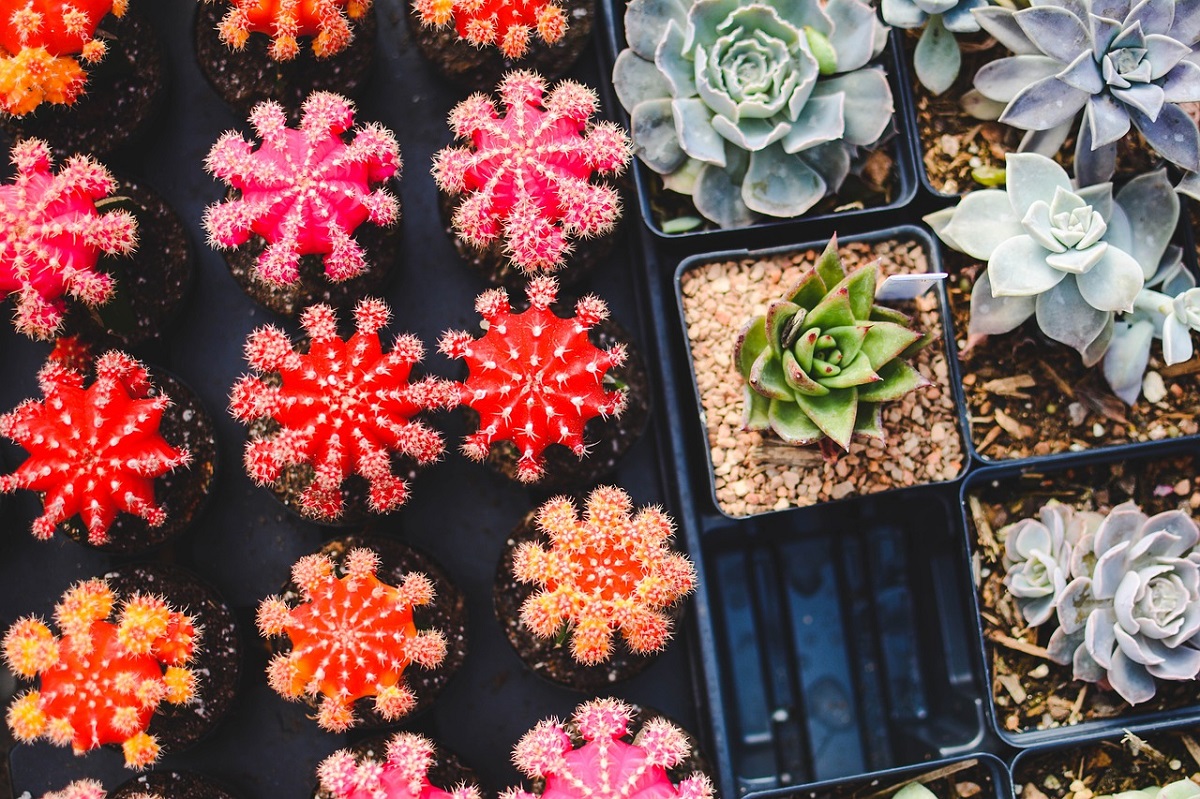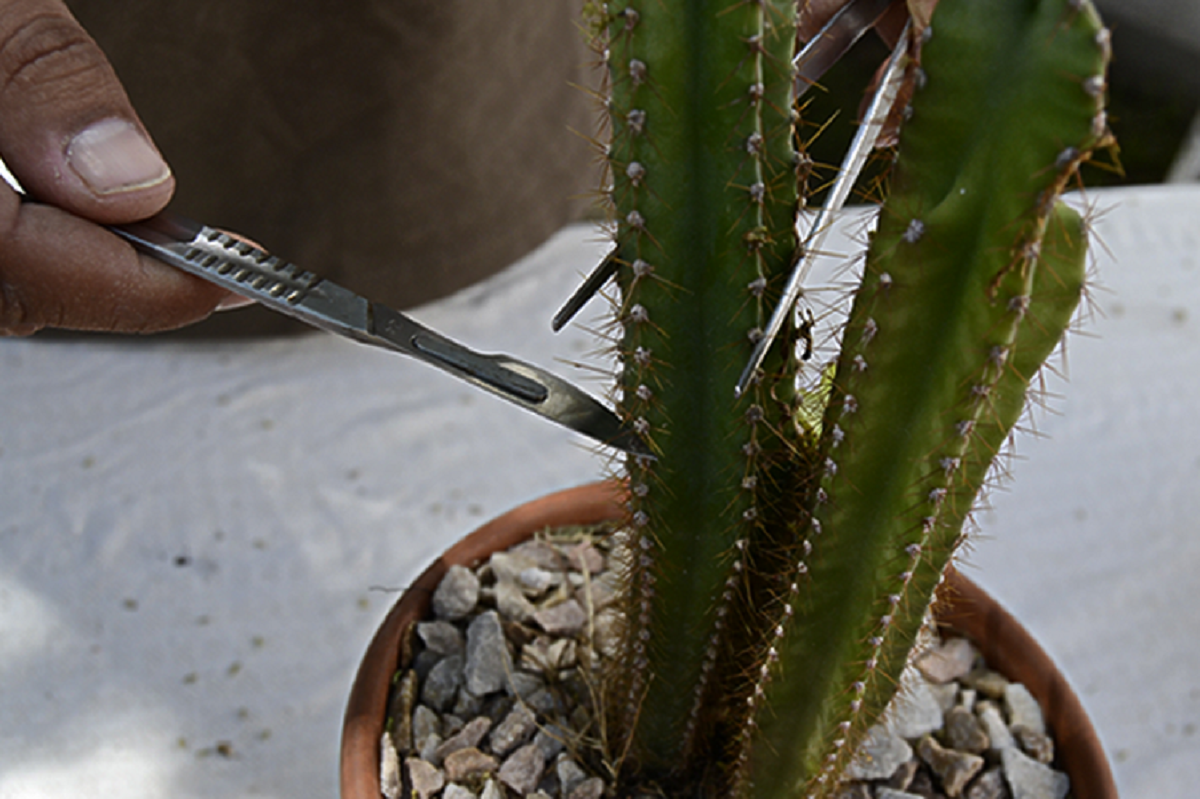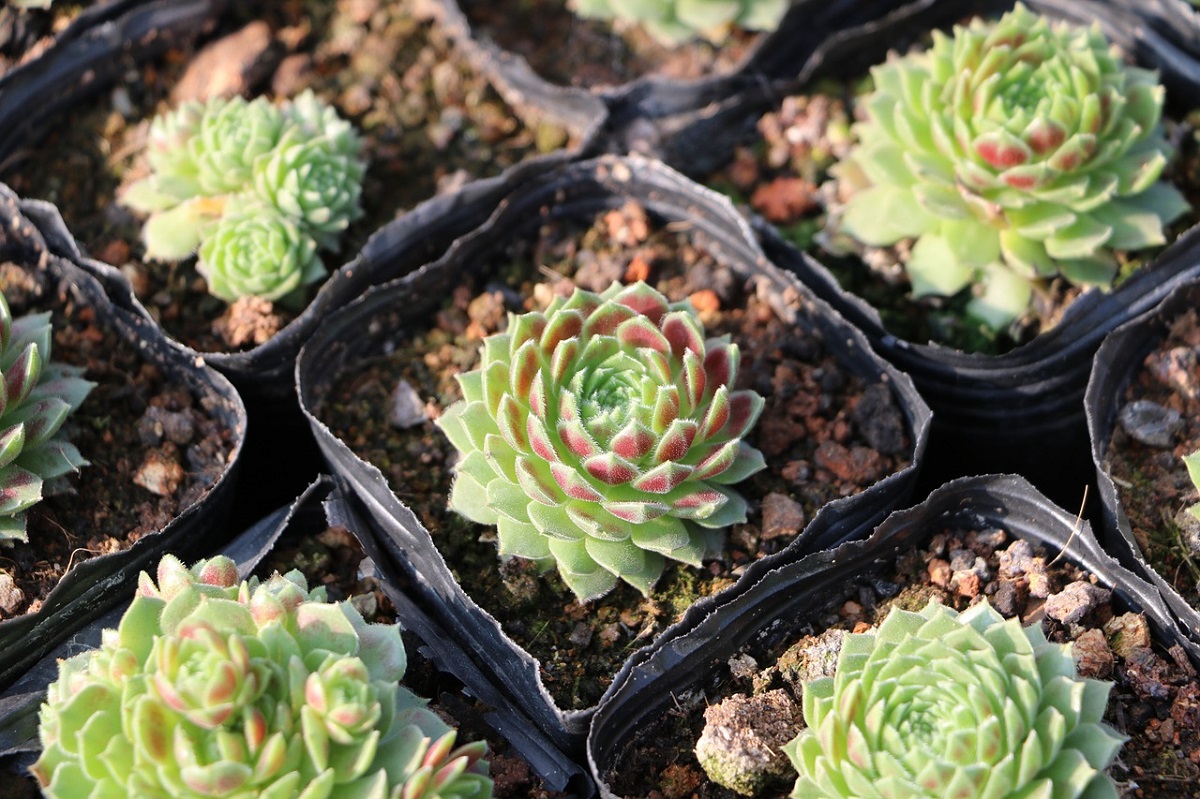
Succulents are becoming more and more popular in our gardens. In fact, these plants are highly appreciated for their exotic and original aspects. There are different methods such as propagation by cuttings, or sowing the seeds. Succulents are best suited for cuttings. As for sowing, this is a good method to get many different varieties.
This technique is more restrictive because it is only suitable if you have a small greenhouse, and it also requires a lot of maintenance (regular watering, precise temperatures ...).
Different methods of breeding succulents
In gardening, their reproduction is commonly called propagation. This is because most of the succulents they are bred and cultivated under the guidance of a skilled gardener. In nature, succulents are allowed to reproduce by any means, but domestic succulents are chosen very carefully to produce the most unique and beautiful plants.
Here is a quick overview of the various propagation methods for succulents. Each method has its own characteristics. We will help you see more clearly the one that is best for you.
Leaf cuttings
Succulents are easy to propagate using cuttings. There are two types of cuttings: stem or leaf. One of the ways of reproduction of these plants is through leaf cuttings. In nature, this occurs when a leaf detaches from the plant. In gardening, gardeners take leaf cuttings to reproduce.
Leaf cuttings are a popular way to propagate succulents like Echeveria and Sedum. These types of succulents grow easily from these, but it is important to note that leaf cuttings do not work with all types of succulentss.
You also have to be careful when propagating them by leaf cuttings. Although this is a natural process that occurs in nature, as succulent caretakers, we want to protect the health of our plants. To make this process as safe as possible, use sterile scissors to take the leaf cuttings. Before planting your new cuttings, you will also want to let the wounds heal before placing them in the ground. Taking these extra precautions protects your plant from disease.
For many species of succulents, propagation by leaf is easy to achieve when you have the right technique, with cuttings you can multiply your favorite plants or sometimes even save an endangered plant. The cuttings of these heat-loving plants they will be much easier to achieve in late spring and early summer. The temperatures are then more constant and remain sufficiently high, day and night. Let's see how to do it.
Preparing the cut
- Get a graft, scalpel, or sharp toothless knife.
- Disinfect the tool with alcohol before use.
- Make a clean cut of your cut.
- Cover the wound with powdered charcoal to prevent the appearance of diseases.
- Place the cuttings in a dry, ventilated room while the wound dries completely, which can take anywhere from 3 days to more than a week. Then a callus should form, and that is when the cutting is ready for planting.
Stem cuttings
Another type of cutting that is often used to reproduce succulents is stem cuttings. Stem cuttings are produced when part of the plant stem is removed, rather than just one leaf. In most cases, this does not harm the original plant and may actually regrow the part that was removed. In nature, this allows succulents and cacti to reproduce when a plant is damaged by wildlife or weather.
Stem cuttings are probably the fastest way of reproduction for these types of plants.. This is because the cutting is basically a whole plant, it only needs to develop a root system. These work especially well with cacti, which are usually slow growing.
To properly cut a succulent with branches, you will need a sharp, sterilized knife or scissors. Choose a relatively short stem to ensure it is active and growing, hold the stem as close to the base as possible, and use the knife or scissors to cut it cleanly from the mother plant. If the stem is damaged during this process, you may need to make a new cut.
The branch will need to heal for about four days before being transplanted. Once transplanted, give the plant plenty of bright light and hardly any water, and it will take root on its own in its new pot in about four weeks.
Sheet division
Divide succulents, or really any type of plant, it is the fastest and easiest method of plant propagation. It is enough to separate portions of the plant with independent roots and replant them with more space and resources for the roots. But it is not a method that works for all varieties of succulents at all times. There are two types of division, stem or leaf separation.
Succulents with this arboreal growth pattern can usually be propagated by cuttings or leaves, but can only be divided under certain circumstances. When the plant matures, many varieties form baby plants, called "offspring" or "shoots" at the base of the mother plant. Over time, these young form their own root system, separate from that of the mother plant. These young can be separated from the mother plant, keeping each root structure intact.
La echeveria is a great example of a succulent with an "arboreal" growth pattern. While an echeveria rosette cannot divide, the young can divide from the mother. To divide, remove the offspring, or shoots, that have emerged next to the mother plant. These are fully formed and rooted mini-plants that can grow independently. Some succulents drop leaves. Like seeds, they take root where they fall.
Sroot spacing
Dig up a whole plant and carefully separate the roots. Plants that have been divided by root separation can be placed in the soil immediately. For plants that are indoors, there is a recommended growing medium for cacti and succulents, such as the specific soil mixture for them. You can also mix a handful of sand or perlite into the potting soil. The right mix promotes drainage and provides nutrients.
Wait a day and water sparingly. Bring your outdoor plants back into the garden when the sun is not directly overhead. Make a shallow hole with room for its roots to spread out. Gently arrange the plant and cover the roots with about an inch of soil. Gently pack it down to secure it. Wait a day and lightly water the soil around the plant.
Seeds
Seed succulent propagation is usually the slowest way to grow new plants, but if you have the time and patience, go for it. To produce seeds, a succulent must be pollinated by another plant. Although pollination is more common in the wild, it is a bit more difficult with domestic succulents, especially those grown indoors. You also always have the possibility to buy the seeds.
In some cases, the seed will be an orange powder, which can be a bit more difficult to propagate. Whether collecting seeds from a mature plant or buying seeds for use, always use fresh and dry seeds in early spring for a long growth period before winter dormancy.
However, growing succulents from seed can give unpredictable results. When propagating a plant from a cutting or a displacement, you can be pretty sure what that succulent will look like when it grows up. With seeds, you never know exactly what you are going to get until the seed germinates and grows into something recognizable.. Even if you've pollinated a plant with pollen from the same cultivar, you could end up with different results due to genetic recombination. Succulent seeds also need to be treated quite carefully, as they are usually quite small. In addition, they can easily disappear when watering them, so care must be taken to prevent this from happening.
To plant succulents you must do the following:
- First, prepare a pot of cactus / succulent soil, water it thoroughly, and then soak the seeds in hot water for about 30 minutes to loosen the seed coat.
- Once soaked and softened, spread the seeds over the prepared soil, leaving spaces between them so they can grow.
- Then cover the seeds with a sufficient amount of substrate, such as sand or sifted soil for succulents, without burying them.
- Use a spray bottle to water the seeds daily with a fine mist, allowing the top surface to dry only between waterings.
Now that you have a basic idea of the different methods of how to reproduce succulents, you can experiment. Be patient if you are learning how to propagate succulents, as there is always a slight learning curve. While our goal is to provide you with the best possible information for your success, each person will have different experiences when propagating. The more you practice, the more likely you are to be successful.



